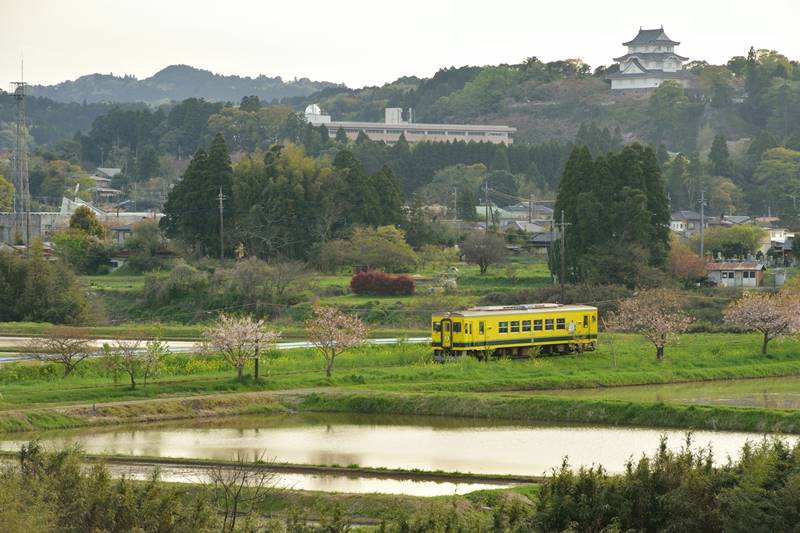This is all about Ōtaki Castle Ruins you want to know.
Every information you get on this site will be from a credible source based on Japanese history (books for reference).
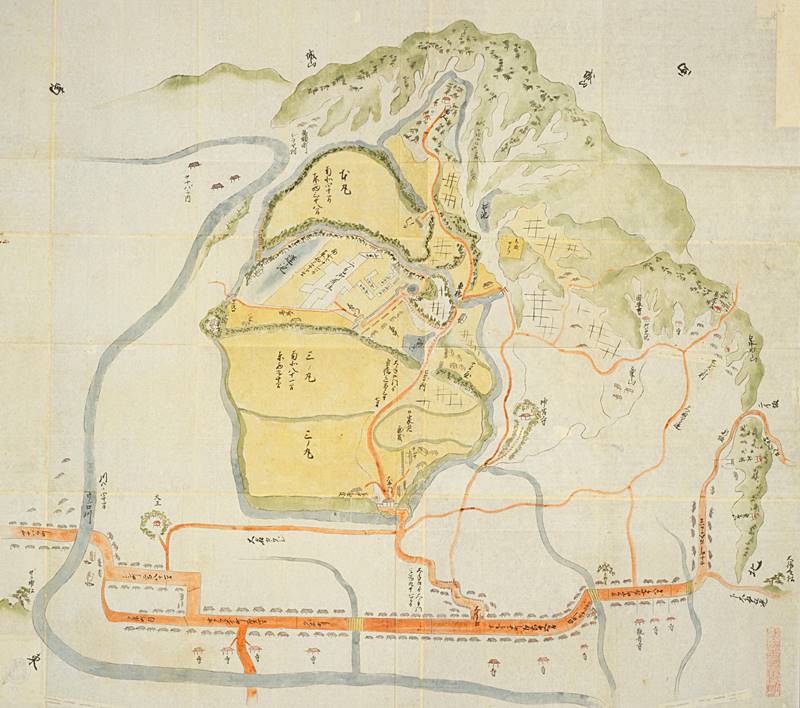
Collected by the Inagaki family, the Toba Daimyō from the mid-Edo period to the Meiji Restoration, as materials for military studies. There are about 350 illustrations, but there is no uniformity because only illustrations of castles, illustrations including castle towns, and old battlefield illustrations are mixed.
Another typical example of castle picture in the Edo period exists, "The Shōhō Shiroezu", picture of the castle and castle town that the Edo Shogunate ordered the daimyō to create and submit,aggregating military information such as the buildings inside the castle, the height of the stone wall, the width of the moat and the water depth, etc., it also details the location and shape of the castle town and the mountain river.
Profile : Ōtaki Castle Ruins
| Location | Ōtaki City, Chiba Prefecture |
| Also known as | Odaki Castle |
| Type of castle | Flatland |
| Mountain's name | ー |
| Elevation | ー |
| Condition | Reconstructed main keep |
| Designation | Chiba Prefecture Historic Sites |
| Year built | 1521 |
| Abolished | 1871 |
| Castle lord | Mariyatsu Nobukiyo |
| Refurbishment lord | Honda Tadakatsu |
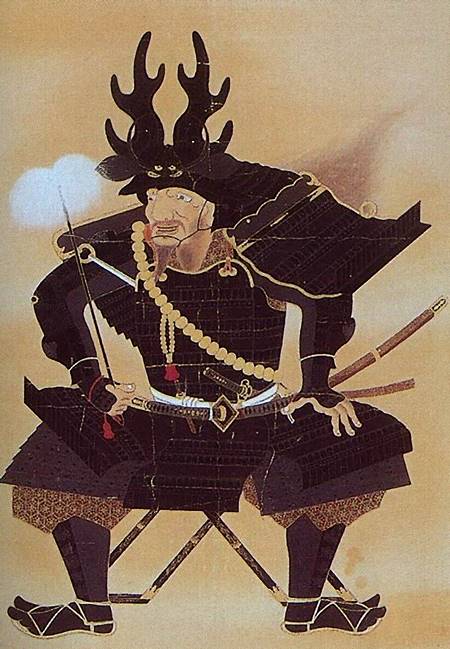
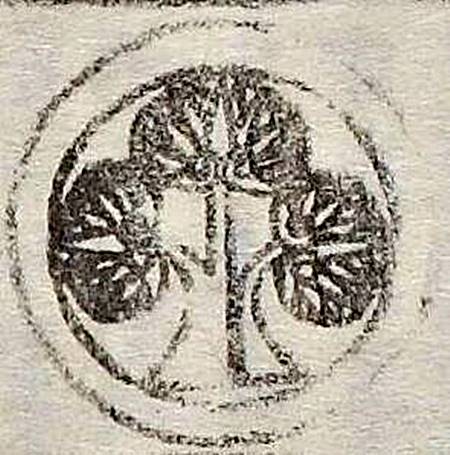
The family crest was originally created from the pattern that the emperor and the royal family put on the kimono, and the pattern was made into a fixed pattern, and the one attached to his own oxcart is said to be the beginning of the family crest. The warlords drew large crests on the flag-fingers, used to distinguish enemy views on the battlefield, and used by the generals to determine which warlords were active and how much.
Ōtaki Castle admission
admission fee : 200yen (Adult) 100yen(above high school students) free (over 65y, junior and elementary school students)
admission time : am9-pm4.30
closing period : every Monday December 26 - January 4 ※temporary closure may take place reference official site
Ōtaki Castle Google Map
Ōtaki Castle Images

The current territory of Chiba Prefecture was given to Tokugawa Ieyasu in 1590, and Honda Tadakatsu, Ieyasu's vassal, became the lord of this castle, and Ōtaki Clan were established for 100,000 stones level. Using the terrace facing the Isumi River to the south, Honmaru, Ninomaru, and Sannomaru were laid out on a peninsular plateau, and each Kuruwas were divided by trench. A moat surrounded the east and south of Sannomaru.
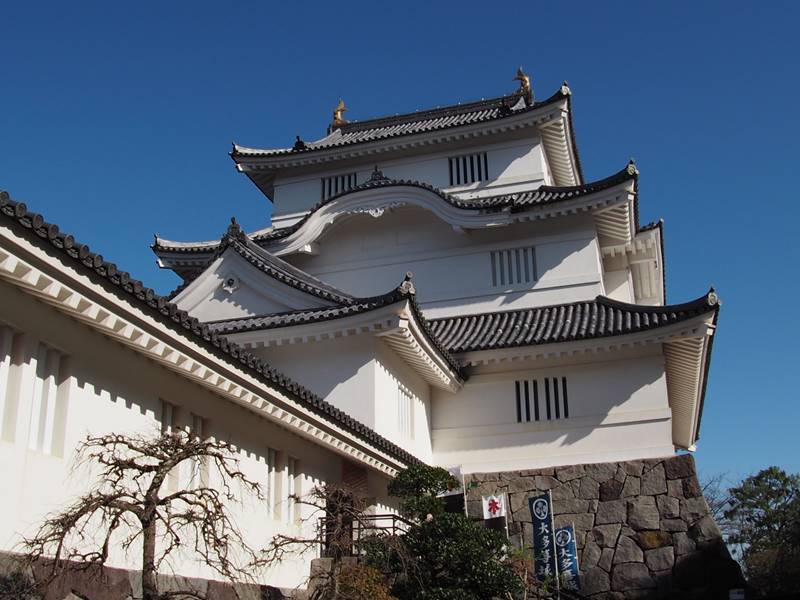
"Tokugawa Shitennō" is the name given to the four warlords of Sakai Tadatsugu, Sakakibara Yasumasa, Ii Naomasa and Honda Tadakatsu who served as an aide of Tokugawa Ieyasu and made a great contribution to the establishment of the Edo Shogunate.
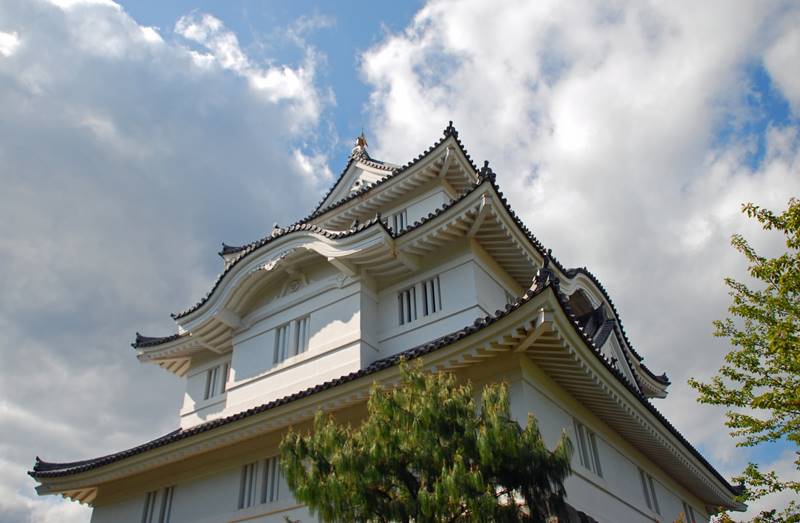
Former Spanish Secretary of the Philippine Islands "Don Rodrigo" finished his term, and was caught in a storm on the way back from Manila to his then-territory Mexico, and the ship stranded aboard. It was on the Pacific coast about 20 km east of Ōtaki Castle. Upon hearing this, the villagers rushed to rescue 317 of the 373 crew members and protect them generously. Ōtaki Castle owner, Honda Tadatomo, also took an understandable measure, made the crew stay at temple in the village, gave them food and clothing, and invited Rodrigo to the castle. It is said that Rodrigo had an audience with Tokugawa Ieyasu in Edo Castle because of the enthusiastic owner of the castle.
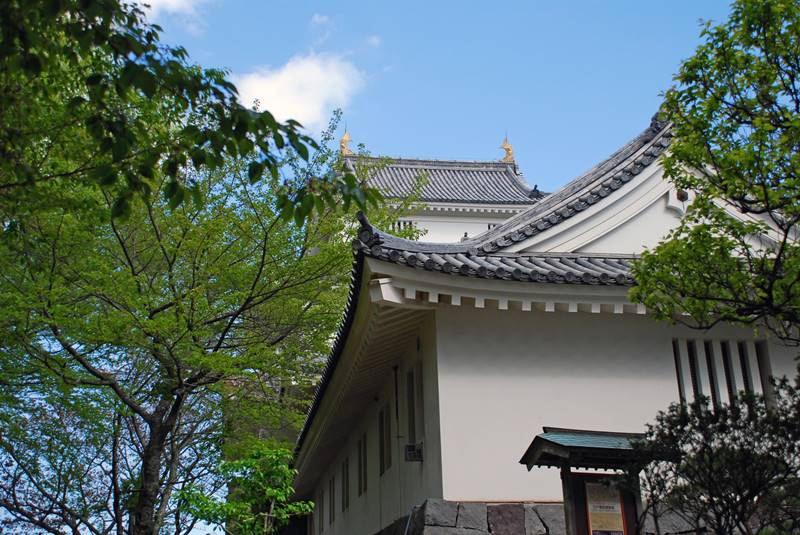
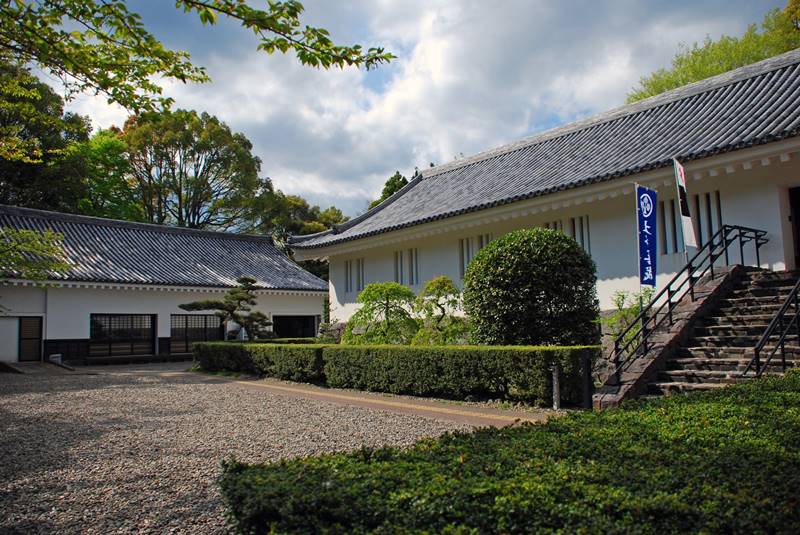
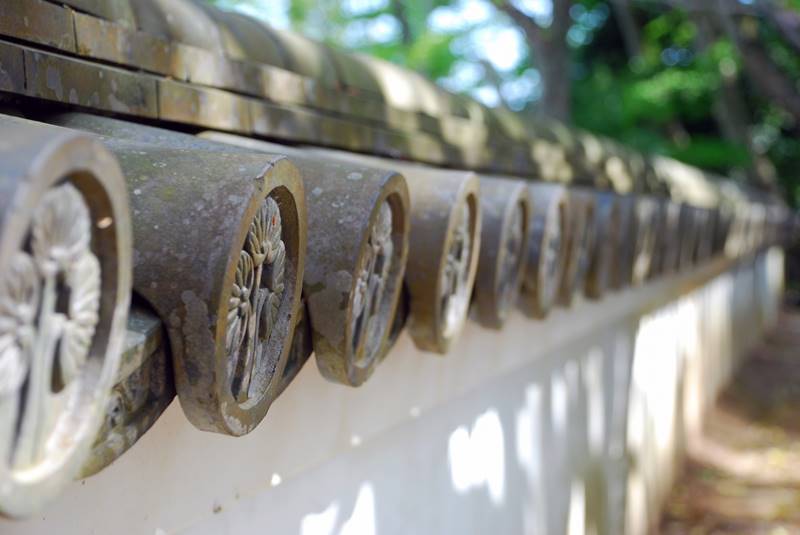

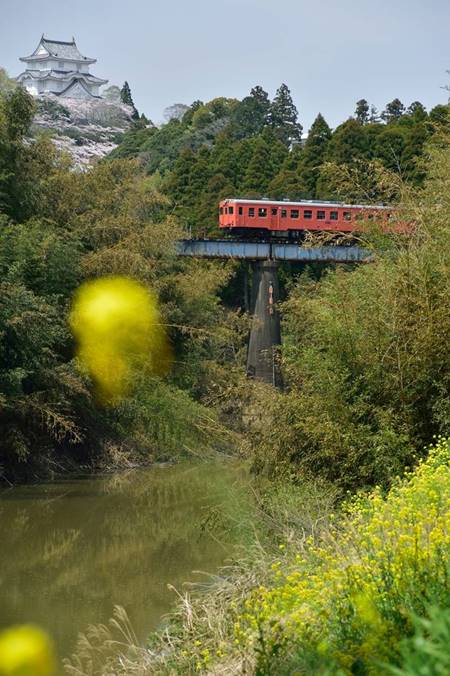
You can enjoy the local rail journey in all four seasons but especially highly recomended in the spring, rape blossoms bloom about 15 km along the line. Also in autumn, as a way to access the Yoro Valley, which is famous for its autumn leaves.
Link : A Castle closely related to Tokugawa Ieyasu
【central japan】Okazaki Castle 【central japan】Sunpu Castle 【central japan】Nagashino Castle 【central japan】Kōfu Castle 【central japan】 Nagoya Castle 【west japan】Ōsaka Castle 【west japan】Nijō castle 【east japan】Edo Castle 【east japan】Ōtaki castle
